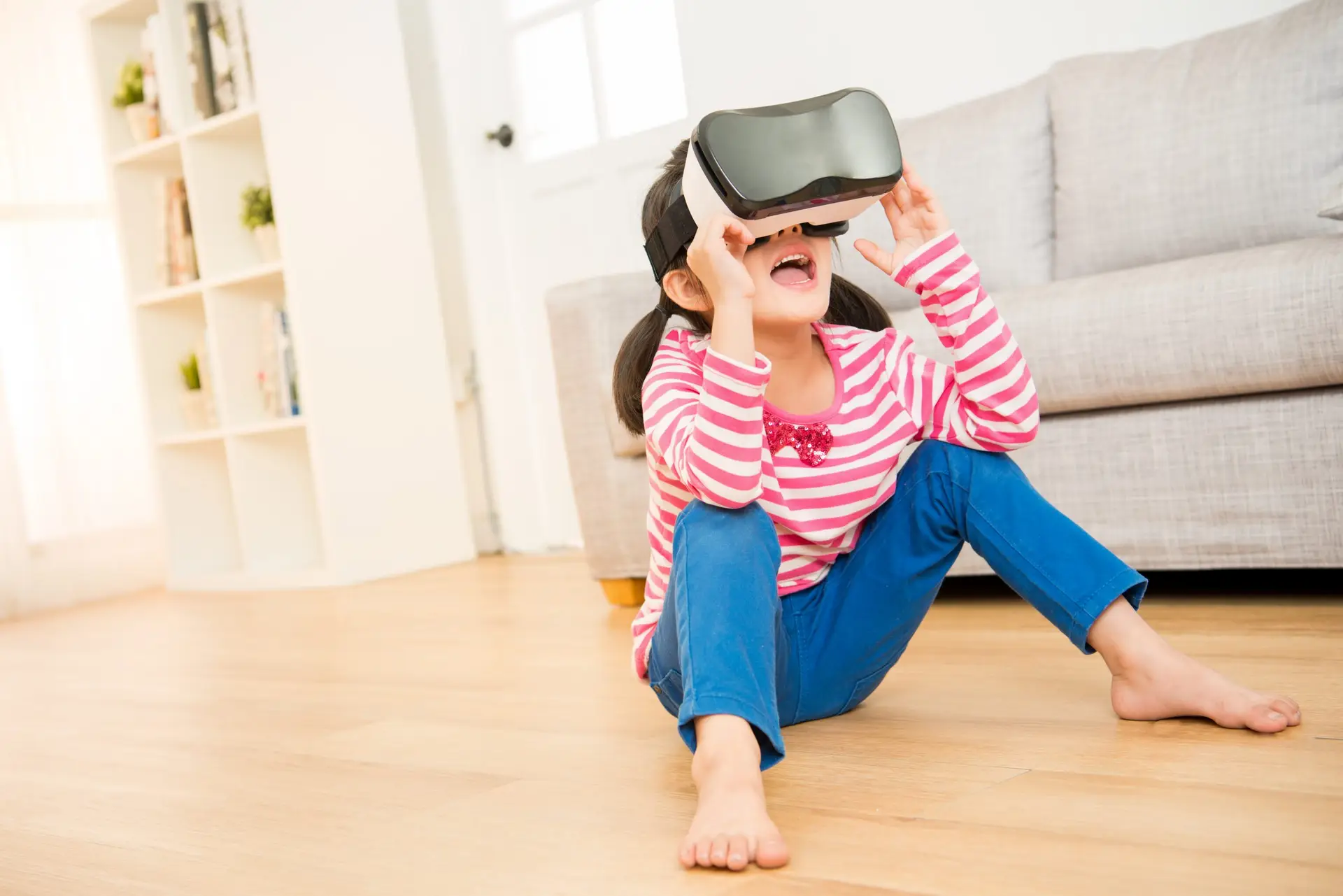Not long ago, at critical moments over several school days, the internet in our building crashed. With mounting frustration, fellow teachers and I grumbled about the inconvenience which thwarted lesson plans and made an already tough year harder.
Imagine our surprise when the technician informed us that our frequent crashes were caused by an overload of users (interpreted: students) accessing sites like YouTube, Netflix, and Instagram during class. In the highly social environment of a high school classroom, too many teenagers chose the isolation of virtual reality over face-to-face social interaction with their peers.
Virtual Reality Social Isolation is Not a Surprise
I shouldn’t have been surprised, though. I see what goes on in my classroom every day. Kids who already feel on the social fringes have used the last year to isolate even more. With the mask mandate in place for an entire academic year, I’ve watched many teenagers retreat deeper and deeper into the virtual reality of their phones while the class goes on around them. Hiding behind masks, often with hoods or hats in place, it’s regrettably easy to slouch down in a desk and hide away.
But this phenomenon isn’t only happening in classrooms. I have watched my own children sit silently in a room full of friends, each too engrossed with what’s happening on their screens to interact with each other. Sure, that doesn’t happen all the time. But it happens enough to be noticeable. And that’s happening when they’ve made the effort to come together in social gatherings.
Consider how many hours teens spend alone on their phones each day. A recent study reported that teenagers use their screens an average of seven hours a day entertaining themselves. And that doesn’t include schoolwork, which pushes the number over nine hours a day. Left to their own devices—literally—teens are spending more time in virtual reality isolation, with little to no real social interaction.
Why Social Interaction Matters
But why should we, as parents, encourage our teenage kids to avoid virtual reality social isolation and keep things grounded in the real world?
It turns out that our kids will benefit from taking a break from the online world to learn and grow in the real one.
For starters, when our children spend more time in the real world, interacting with real people, they develop the social skills and behaviors necessary to maintain healthy interpersonal relationships.
Some of these social skills include:
- Making friends
- Initiating conversations
- Handling bullies
- Developing good sportsmanship
- Solving problems
- Adapting to new situations
- Resolving conflicts
- Managing mental health issues
Children who spend more time in the real world also learn how to use and understand non-verbal language. According to one source, personal interactions help our kids read visual and vocal clues such as facial expression, posture, eye contact, body positioning, and tone of voice. With these critical skills, our teenagers are poised to be strong and confident communicators in the future.
How to Keep It Real for Our Kids
As with all things, we want to have a healthy balance with our kids and their tech time. On some levels, we want to encourage them to learn, understand, and take ownership of their time in the virtual world compared to their time in the real world.
But we’re also the parents. It’s our job to teach them correct principles and set limits while they learn how to navigate their tech use during their adolescent years. That requires a little finesse and a whole lot of patience and teaching in the process.
Here are some ways we, as parents, can encourage our kids to keep it real when it comes to managing time online.
- Model appropriate screen time use. Limit how much time you spend online. Don’t disappear into your phone during social settings. Keep certain areas in your home tech-free to encourage personal interaction.
- Connect your screen time expectations with your value system. Help your kids understand and practice acceptable tech usage, including how much time is safe and appropriate, to keep things real.
- Be active. Get out there and interact with others. Don’t spend all your personal time on electronics. Invite friends to lunch. Organize a family or neighborhood outing like going on a hike or spending a day at the lake. Show your kids how it’s done.
- Communicate your expectations about screen time clearly. Nothing says you care more than constant verbal communication about why keeping it real is so critical to success in the real world. Your kids want your leadership and experience, especially when you involve them in the discussions and invite them to find the solutions.
For a more complete list of ideas for helping your kids keep it real and avoid virtual reality social isolation, read more here.
Life in the Real World
We all love to stream a good movie online. And who doesn’t love to watch a few entertaining videos on YouTube? But when it comes down to it, life in the real world has its advantages. Interacting with the people we know and love and learning to know and love the new people we meet is a skill as well as a blessing. So, encourage your kids to come out of their virtual reality isolation, at times, and claim the benefits of keeping it real.

